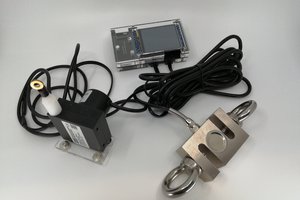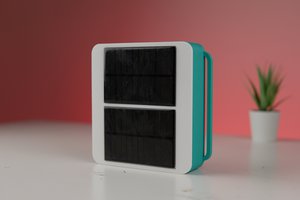The idea of this is to create a device that can be attached to a backpack which will display data such as correct time, weather, altitude. The idea is to expand on the concept to add a compass, something to track data movement which can be saved to an sdcard for later retrieval or automatically update when you arrive back home.
Current State: Working with development
Future Additions:
- Compass
- UV Strength
- Voltage reader
- Renewable energy source
- Data saving via tfcard
- Data retrieval via WiFi or Bluetooth
- Data tracking
- Waterproof Case
Upon completion of a working prototype I will then see about reducing size and having a PCB printed for it, with the idea of removing the Nano V3 and mounting everything to the one board which hopefully will reduce size greatly.
 AphexIce
AphexIce

 Xavi Cano
Xavi Cano

 Coders Cafe
Coders Cafe